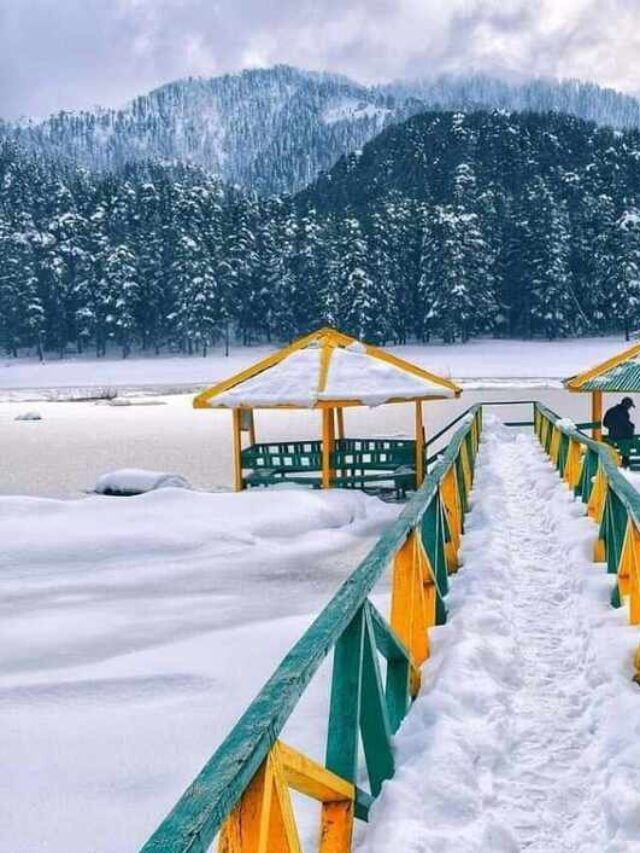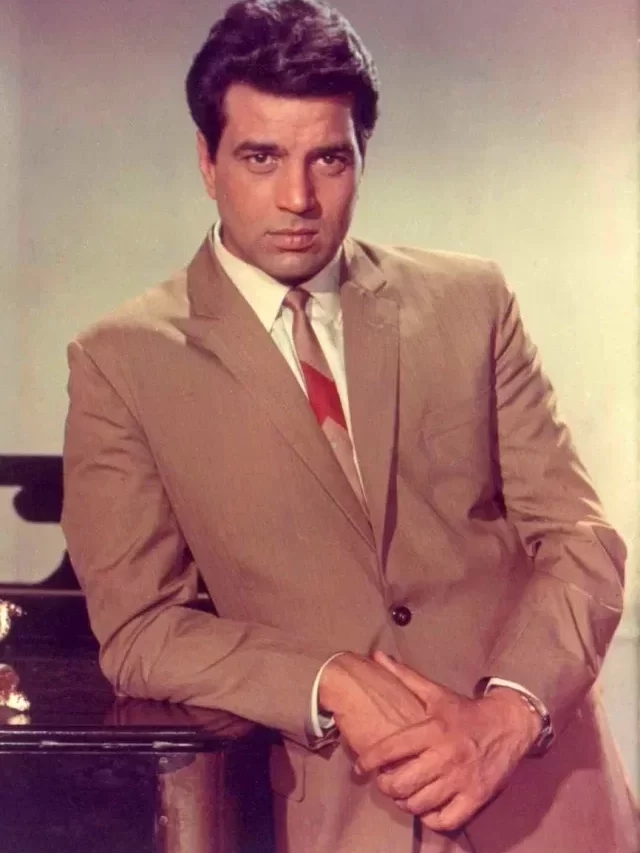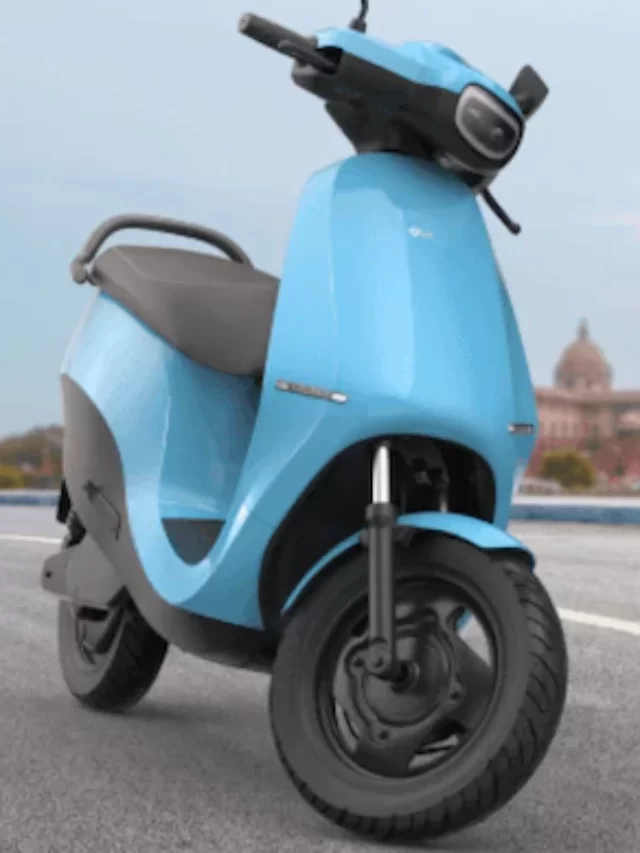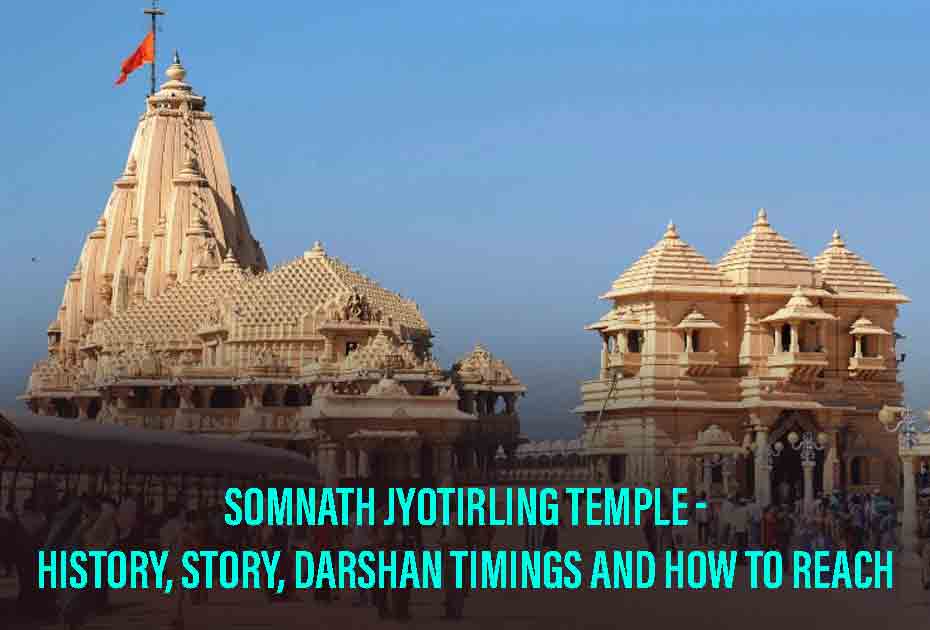The first of Lord Shiva’s twelve Jyotirlinga temples is the Somnath temple of Gujarat. The Somnath Jyotirlinga Temple, one of the nation’s oldest temples, is situated on Gujarat’s western coast. Ancient literature including the Rig-Veda, Shivpuran, Skandpuran, and the Shreemad Bhagavad Gita all make reference to it, highlighting the significance of Somnath Shivling as one of the holiest of pilgrimage places. In the history of Somnath temple, this pilgrimage has been built and destroyed several times. Read this article to know who built Somnath temple, how to reach Somnath temple and some unknown Somnath temple Facts.
The Somnath Temple Of Gujarat – Timings, Aarti And Darshan
The Somnath temple of Gujarat opens at 6:00 AM and closes at 10:00 PM. The temple also performs several ceremonies at this time. The devotees may participate in these rites, such as the morning, noon, and evening aartis.
You can go for darshan anytime between 6:00 AM to 10:00 PM. The morning aarti is held at 7:00 AM, the afternoon aarti is held at 12 o’clock in the noon, and the evening aarti is conducted at 7:00 PM in the evening.
Story Of Somnath Shivling
The 27 Nakshatras were born as Prajapati Daksha’s daughters. Every one of his 27 daughters wed Lord Chandra (The Moon). Chandra, however, did not care for his previous 26 wives and only loved Rohini. Their father Daksha was enraged by this. Chandra was cursed to grow smaller every day. Chandra made atonement to Lord Shiva, who then gave him a boon to break the curse.
The blessing was that Chandra would be placed on Lord Shiva’s head. Chandra would experience a daily loss of one Kala (shade), shrink for 15 days, and then grow back in the subsequent 15 days. It’s a “no moon day” when the moon has completely disappeared (Amavaasya). The full moon day is when he reaches his full size (Purnima). As a result, they are referred to as Krishna Paksha and Shukla Paksha (each Paksha of 15 days). Shiva was hence also known as Someshwara (The Lord of the Moon). Lord Shiv is honoured by the Kund for lifting the curse.
Also Read – Lord shiva’s Ardhnarishwar Story And Benefits Of Ardhnarishwar Stotra
History Of Somnath Temple – Who Built Somnath Temple?
The Somnath temple of Gujarat has a complicated and tumultuous past. According to legend, the original iteration of the temple existed even before the Christian era. From 408 AD to 768 AD, the Vallabhi king made the effort to build the temple’s second iteration. In the history of Somnath temple, this temple is frequently referred to as the “everlasting shrine” since historical records claim that it has been repeatedly destroyed by invaders and then rebuilt.
According to archaeological studies and the history of Somnath temple, the Somnath temple had almost tripled in size before Muhammad Ghaznavi’s attack in the year 1026. The temple was reportedly attacked three more times after that. As a result, the temple was assaulted and destroyed up to six times until the current seventh form appeared.
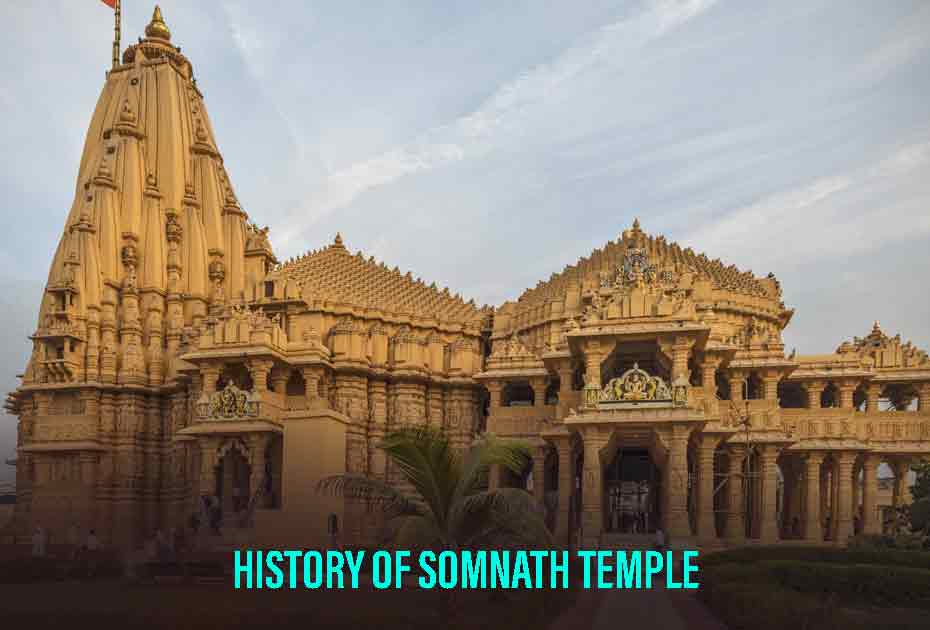
Prabhashankar Sompura was selected as the architect for the most recent reconstruction of the Somnath temple, which took place in 1947 at the initiative of Sardar Vallabhbhai Patel, the deputy prime minister at the time. As a result, the modern-day Somnath temple was created. Rajendra Prasad, the nation’s first president at the time, officially opened the shrine on May 11th, 1950.
According to some records based on the history of Somnath temple, monarch Somraj was the one who built Somnath temple for the first time out of gold during the Satya Yuga. It was constructed out of silver by Ravana during the Treta Yuga, and out of wood by Lord Krishna during the Dwapara Yuga. Later, the temple was constructed out of stone by King Bhimadev. Some of our nation’s old scriptures make this assertion.
Keep reading to know Somnath temple facts and how to reach Somnath temple.
Somnath Temple Facts
- The legendary Syamantak Mani, the stone connected to Lord Krishna, was thought to be safely concealed within the hollowness of the Shivling at the temple. It was a miraculous stone with the power to make gold. This stone was thought to have radioactive and alchemical abilities. It had the power to generate a magnetic field around it that kept the linga afloat.
- Numerous Islamic and Hindu emperors have destroyed and restored this fabled temple, respectively. The most recent reconstruction took place in November 1947, when Vallabhbhai Patel proposed a plan for restoration while visiting the area for Junagadh’s merger. Following Patel’s passing, Kanaiyalal Munshi, another minister in the Indian government, resumed the reconstruction.
- Moon made it to the Prabhas Teerth under the guidance of Prajapita Brahma and offered prayers to Lord Shiva. Moon was blessed and freed from the darkness’s curse by Bhagavan Shiva, who was pleased with his extensive penance and devotion. According to puranic legends and Somnath temple facts, Moon had constructed a golden temple, which Ravana later replaced with a silver structure. Bhagwan Shree Krishna is credited as the one who built Somnath temple using sandalwood.
- The very first Somnath Jyotirling Pran-Pratistha was performed on the fortunate third day of the brighter half of the Shravan month during the tenth Tretaa Yug of Vaivasvata Manvantara, according to research based on ancient Indian classical literature.
- The 37-foot-long flagstaff on the temple’s summit is rotated three times throughout the day. The current Somnath temple was built beginning in 1950. The first Indian president, Dr Rajendra Prasad, performed the jyotirlinga pratishthapana ritual. All these details highlight the temple’s grandeur and the significance it holds for its followers.
- Every time the world is rebuilt, the name of the Somnath Temple will be altered other account in the Skanda Purana states that there were around 6 Brahmas. The 7th Brahma, known as Shatanand, is in charge during this time. Additionally, Lord Shiva informs that the temple was known as Somnath during the seventh Yuga and that the Shivlinga was known as Mrityunjay during the final Yuga., according to the Skanda Purana. It is claimed that Somnath will change its name to the Pran Nath Temple when Lord Brahma ends the current world and begins a new one.
- According to legend, the Somnath temple of Gujarat is located in such a way that there is no land between the Somnath coastline and Antarctica in a direct line. The temple is located at a position on an Indian island that also happens to be the first point on land from the north pole to the south pole at that specific longitude.
- Brahma and Vishnu are also depicted in sculptures on the temple walls beside Shiva. Somnath has been named eight times, as per Prabhaskhand of the Skanda Purana, which is Lord Shiva’s response to Parvati’s query.
- Scholars of history claim that Somnath has been a popular pilgrimage destination from ancient times because it is the location of the confluence of the three rivers Kapila, Hiran, and the divine Saraswati. The confluence was known as Triveni Sangam, and it is thought that Soma, the Moon deity, took a bath there to restore his luster. At this seashore site, the tides or the ascending and fading of the moon are thought to be the outcome.
- It is thought that the original Somnath Shivling was floating above the location where it is now. Legend has it that the philosopher’s stone, also known as Syamantak Manik, which is strongly linked with Lord Krishna, is concealed within the shivling’s hollowness. The Shivling was able to float above the earth because of the mystical stone, which is thought to possess abilities like creating alchemy, gold, and radioactivity. This makes the temple extremely worthwhile for a visit.
- As a result of the temple’s size and age, it is mentioned in a number of revered Hindu writings, including the Shreemad Bhagavad Gita, Skand Puran, Rig Veda, and Shiv Puran. This further demonstrates that pilgrims and worshippers from all over the world have always been drawn to this place of Lord Shiva worship. This demonstrates that the temple’s exact construction is still a mystery.
Also Read – Kedarnath Temple History, Significance, Facts & How To Reach?
How To Reach Somnath Temple
Know how to reach Somnath temple via air, road or train:

1. By Air
The Somnath temple of Gujarat may be reached from Diu’s airport, which is just over 65 kilometres distant. It is a civilian aerodrome that serves neighbouring areas of the state, including Veraval and Jafrabad; it is not a conventional commercial airport.
Regular taxis and passenger buses are both available for use in getting to Somnath. The closest international airport is Sardar Vallabhai Patel Airport in Ahmedabad.
2. By Road
Buses are a great way to travel from Somnath to nearby cities because there are many possibilities. You can choose a luxury bus, a non-AC bus, or an AC bus depending on your budget. From Diu to Somnath, air-conditioned buses cost less than INR 500 per passenger.
Additionally, everyday private buses with regular service leave from towns like Rajkot, Porbandar, and Ahmedabad.
3. By Train
The closest train station to Somnath, which is only 5 kilometres away, is Veraval Railway Station. There are excellent connections from this train station to important Indian cities like Mumbai and Ahmedabad.
On a daily basis, a number of trains travel these routes. You can take a taxi or cab to get to Somnath from the railway station.
Tourist Places At Somnath
- Bhalka Tirth: Famous Hindu pilgrimage site Bhalka Tirth is where it is thought that Lord Krishna was wounded by a hunter’s arrow.
- Somnath Beaches: Even if they are crowded, Somnath’s beaches have the ability to transport you to a tranquil new world.
- Laxminarayan Temple: The reigning god, Lord Laxminarayan, is a form of Lord Vishnu who resides on the coast of Somnath.
- Triveni Sangam Temple: Hindus consider Triveni Sangam to be a particularly revered Moksha Tirtha.
- Chorwad Beaches: Chorwad Beach, which is located in Somnath, is one of the calmest and most tranquil places to unwind.
- Suraj Mandir: One of the few temples devoted to the Sun God, Suraj Mandir is also located close to the Triveni Ghats.
- Parshuram Temple: The temple is situated beside the holy river Triveni, where it is thought that Lord Parshuram performed his penance.
- Gita Temple: The Gita Temple, a stunning building devoted to Lord Krishna built by the Birlas in the 1970s, is located in the Triveni Ghat, where three rivers converge on the ocean.
For more related information, visit Discover – Trending Reader.
